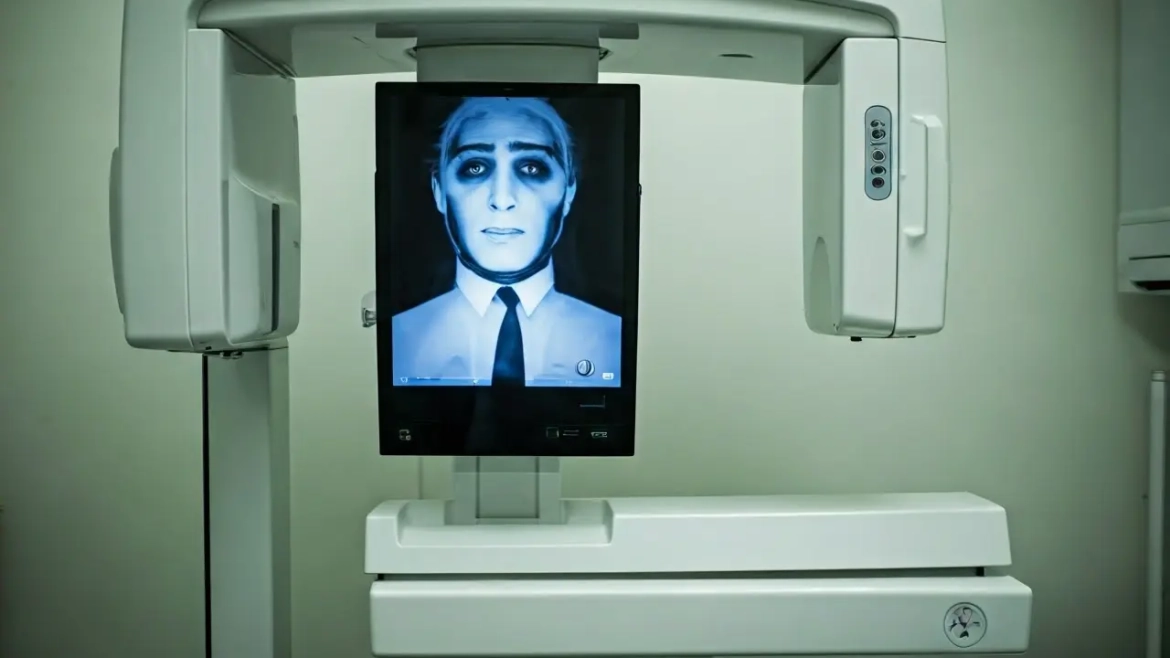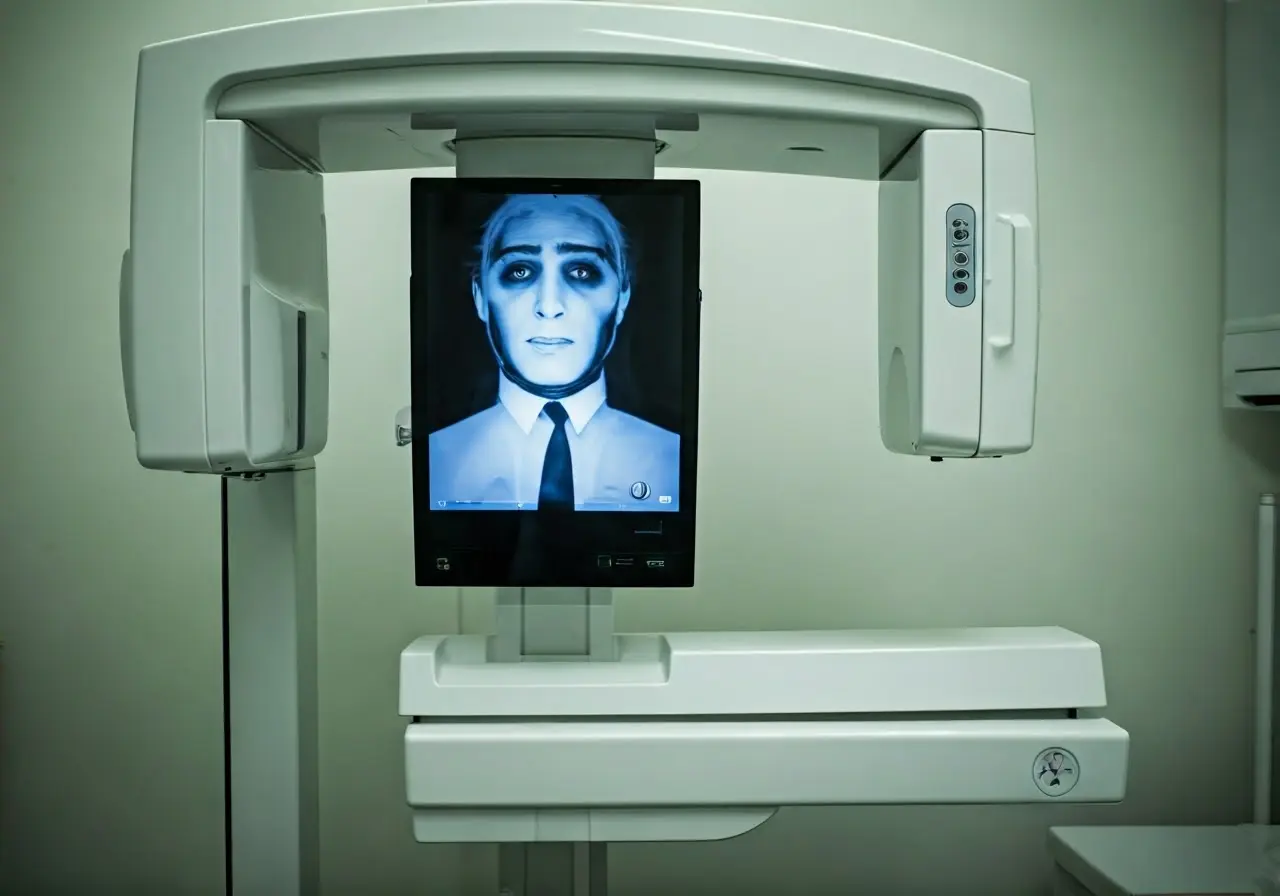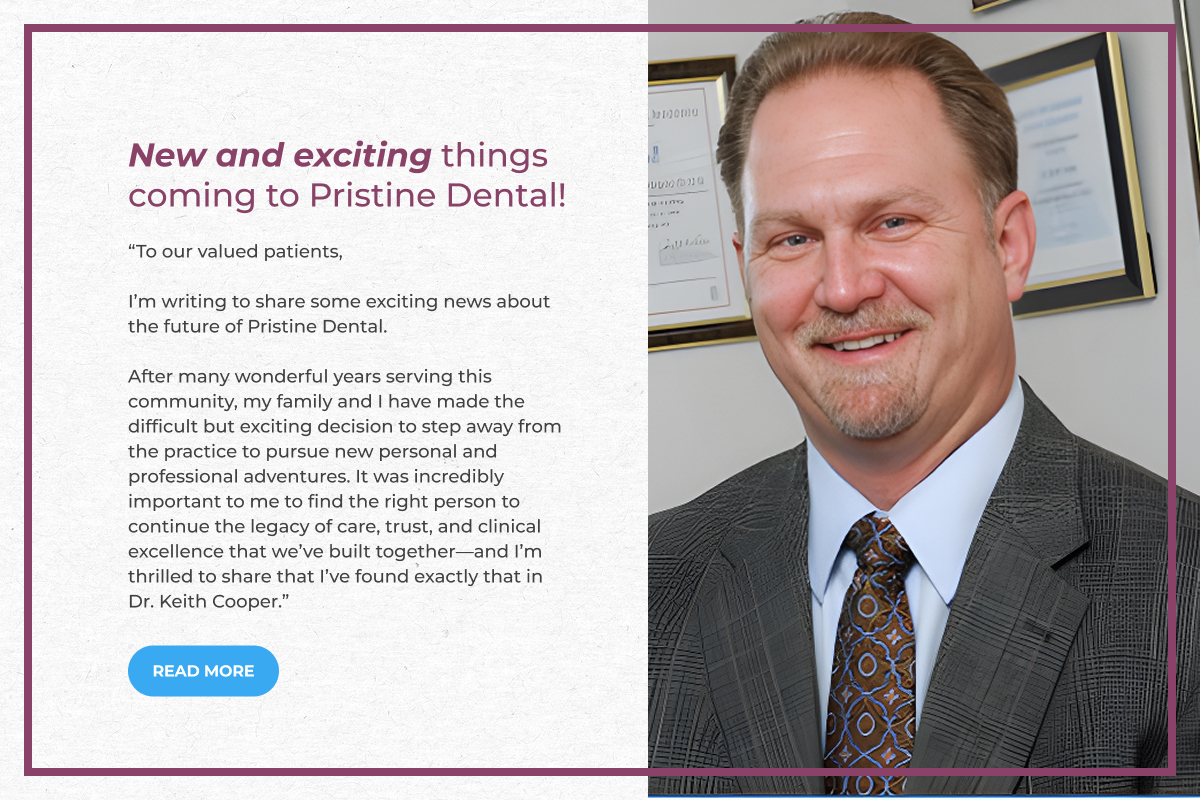Dental X-rays are essential tools for maintaining good oral health. In this guide, we’ll explore what dental X-rays are, why they’re important, and what you can expect during the process.
What are Dental X-Rays?
Dental X-rays are images of your teeth that dentist use to evaluate oral health. They are used with low levels of radiation to capture images of the interior of your teeth and gums. This helps dentists identify problems like cavities, tooth decay, and impacted teeth.
To capture these detailed images, dental X-rays use invisible beams of energy that pass through the body and are absorbed at different rates depending on the varying densities of tissues. This interplay results in images where denser areas like teeth appear white, while softer tissues show up in shades of gray. Such imaging is a crucial method for uncovering dental issues that may not be visible during regular examinations.
Why are Dental X-Rays Important?
These X-rays are vital because they help dentists find problems that aren’t visible through a standard dental exam. From identifying cavities hidden between teeth to monitoring your gum health, dental X-rays provide a comprehensive view that helps prevent more serious issues in the future.
By offering a clear picture of oral structures, X-rays enable early diagnosis and treatment, essential for maintaining a healthy mouth. This proactive approach helps minimize the risk of infections or decay worsening over time, saving you from more complicated procedures later on. Moreover, X-rays also aid in assessing the impact of dental treatments, ensuring that any corrective measures taken are effective and targeted.
Types of Dental X-Rays
There are several types of dental X-rays, including bitewing, periapical, and panoramic. Each type serves specific purposes, such as examining the whole tooth, the roots, or the structure of the jaws. Understanding these can help you grasp why a particular X-ray is recommended by your dentist.
Intraoral X-rays, where the film is placed inside the mouth, like bitewings, focus on the crowns of the upper and lower teeth to check cavities or the condition of existing fillings. In contrast, extraoral X-rays, like a panoramic, provide a comprehensive view of the jaw structure and can analyze issues such as impacted teeth and jaw disorders. Then, there’s the Cone Beam CT which offers a 3D image ideal for planning complex dental procedures like implants, ensuring precision and optimal outcomes.
What to Expect During a Dental X-Ray
The process of getting a dental X-ray is quick and painless. You’ll be covered with a lead apron to protect your body from any potential radiation exposure, and you’ll bite down on a small piece of plastic to help position your mouth for optimal images.
You might feel a bit of pressure as the dentist places the equipment to capture accurate images. However, this discomfort is minimal and lasts only a few moments. The digital imaging technology used in many practices today ensures you and your dentist can instantly view the results on a screen, providing immediate insights into your oral health and enabling timely discussions about any treatments you may require. Such advancements make the entire process efficient and friendly, with minimal inconvenience to patients.
Are Dental X-Rays Safe?
Yes, dental X-rays are considered safe. They use a very low level of radiation and are only recommended when necessary. With modern advancements in technology, the level of radiation exposure from dental X-rays is extremely minimal.
The radiation exposure from a single dental X-ray is similar to the daily radiation one encounters from natural sources such as the sun or soil. While studies note a slight increase in cancer risk from repeated exposure, especially in children, X-ray protocols emphasize using the lowest radiation possible to minimize risks. For extra precaution, techniques such as wearing a thyroid collar can further reduce exposure, providing peace of mind to both patients and practitioners.
How Often Do You Need Dental X-Rays?
The frequency of dental X-rays depends on your individual health needs. For new patients, X-rays can help determine the current state of oral health and provide a baseline; regular patients might get them less frequently based on their oral history and current condition.
Your dentist will tailor the X-ray schedule based on factors such as age, risk factors, and signs of oral disease. Some patients, particularly those with a history of gum disease or a tendency toward developing cavities, may require them more often to monitor changes proactively. Discussing your specific needs with your dentist ensures you receive the right level of care and avoid unnecessary exposure while maintaining your oral health efficiently.
Ensuring a Healthy Smile with Dental X-Rays
Dental X-rays play a crucial role in ensuring comprehensive oral care by enabling early detection and treatment of potential dental problems. Understanding what they involve and their benefits can make the experience more comfortable and less intimidating.



